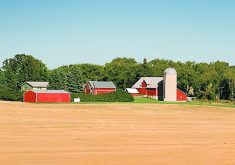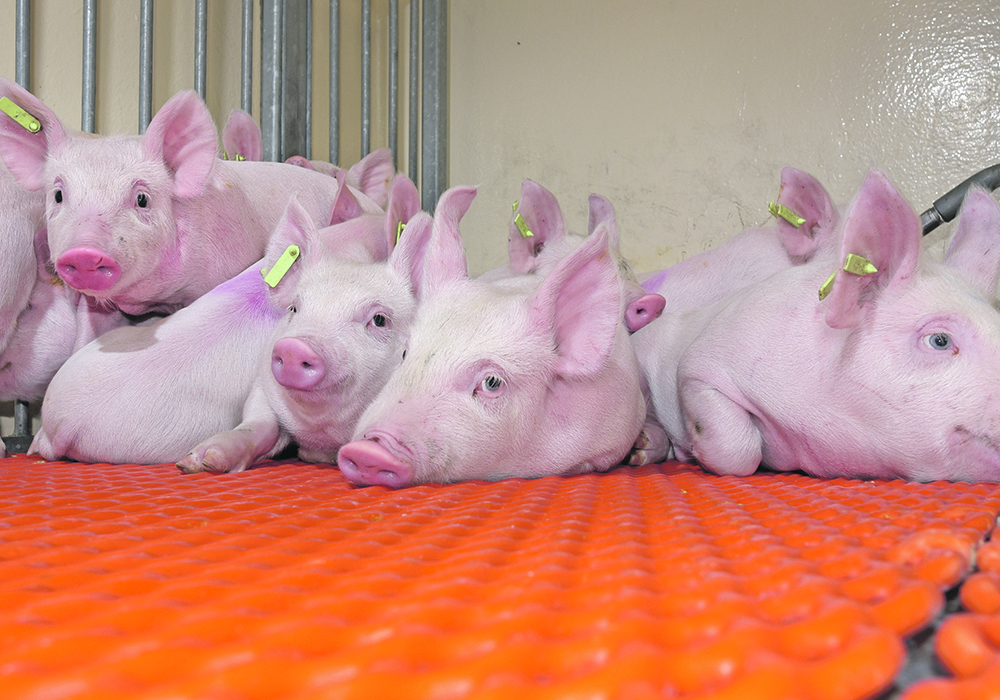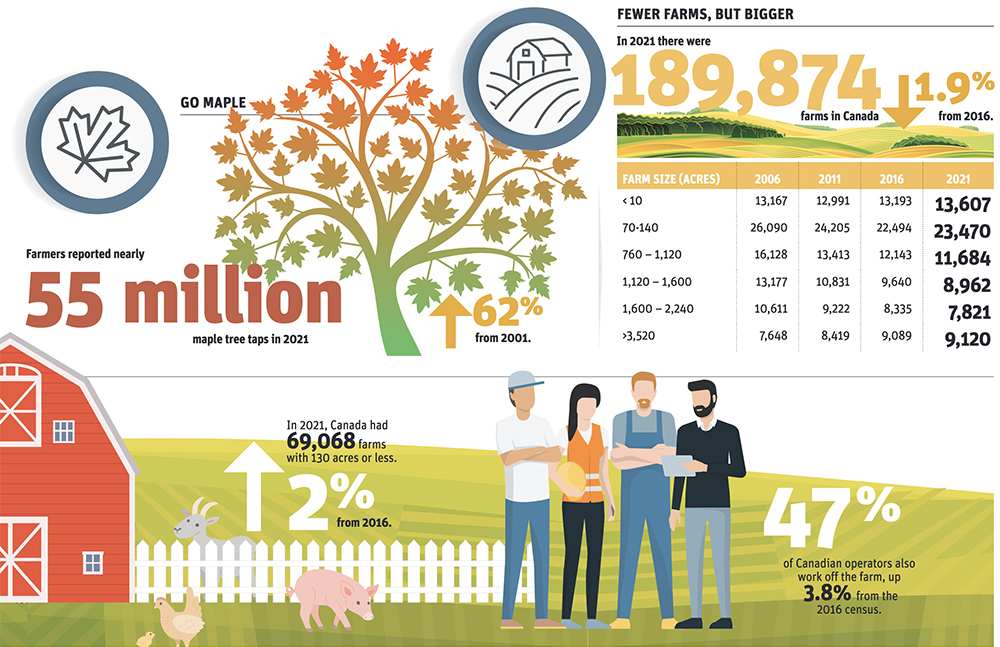Prairie farmers are getting older — and younger.
More than half are 55 and older, according to the 2016 Census of Agriculture. The 55.5 percent in that category is up nearly seven percentage points from the 2011 census.
Bill Brown, head of the agricultural and resource economics department at the University of Saskatchewan, thinks the aging population has something to do with the love of the job.
“One of the main things is farmers don’t like to retire and will continue to farm as long as they physically can,” he said.
Read Also

Farming Smarter receives financial boost from Alberta government for potato research
Farming Smarter near Lethbridge got a boost to its research equipment, thanks to the Alberta government’s increase in funding for research associations.
Erik Dorff, an analyst with Statistics Canada, believes it is simply a reflection of dynamics in the general population.
“The baby boomer cohort is aging, and that’s reflected in the farm community as well,” he said.
“The middle age range is sort of thinning out and they’re progressing into the next age category.”
The 35 to 54 category accounted for 35.1 percent of farm operators, down eight percentage points from 2011.
Meanwhile, the under 35 category rose for the first time since 1991 to 9.4 percent, up from 8.1 percent in 2011.
Brown chalks that up to the recent five-year stretch of profitability in the farm sector, whereas the period between 1991 and 2011 was full of doom and gloom.
“I talk to my students all the time, and there is much more going back to the farm now,” he said.
Despite the growing number of farmers in the 55 and older category, only one in 12 farms has a succession plan.
Dorff said a succession plan is only one way to transition a farm from one generation to the next. Some handle the transition in a will, while others may plan to sell the operation to a neighbour.
“If you’re incorporated, a corporation doesn’t necessarily need a succession plan to continue operating,” he said.
Brown said farm succession is a difficult conversation to have, and there are precious few succession planners to help farm families through the process.
However, he thinks there should be more than one in 12 farms doing that type of planning.
Todd Lewis agreed.
The fourth-generation farmer from Gray, Sask., said he was surprised by census data on succession planning.
But in general, the census data accurately reflected what Lewis and others have been observing in the ag industry over the past few years.
Farms with gross annual sales of $499,000 or less are becoming less common, large farms with gross annual sales of $500,000 or more are becoming more plentiful and the capital outlay required to operate a modern farm on the Prairies continues to rise.
“I don’t think there were a lot of surprises there,” said Lewis, who is also president of the Agricultural Producers Association of Saskatchewan.
“I think the census reflects what we’ve been seeing in the country: smaller producers are pulling out and retiring, but they’re not being replaced on a one-to-one ratio by younger farmers.
“The smaller operations are being amalgamated and taken over … but maybe three or four smaller farms are getting taken over by one larger one.”
Like any other industry, economies of scale are leading to industry consolidation and larger capital requirements for machinery, land and crop inputs.
According to census data, the market value of capital investments by Canadian farmers in 2016 was more than $509 billion, up from $330 billion in 2011.
Not surprisingly, broad-acre farmers on the Prairies are among the most heavily invested.
The cumulative value of farm capital in the prairie provinces was $281 billion: $144 billion in Alberta, $95 billion in Saskatchewan and $42 billion in Manitoba.
As prairie farms continue to get larger, the capital required to operate them also rises, placing more financial risk on operators.
“Operating costs are going up, so if we get into a period of lower commodity prices or weather related issues, things can become a big hurt a lot quicker than they used to,” Lewis said.
“Certainly, the large amount of capital that’s required for both land and equipment now is becoming a pretty big barrier to entry for anyone thinking about getting into the industry.… At the same time, if you can make financial arrangements or step into an established operation … there’s still plenty of opportunity in agriculture.”



















